To ensure the quality of coffee after harvest, many localities in Dak Lak province have promoted and mobilized organizations and individuals not to harvest green coffee, ensuring that the percentage of ripe coffee when picked is over 85%.
Many localities guide farmers in harvesting coffee.
Dak Lak, the province with the largest coffee growing area in Vietnam with 212,106 hectares, is in the harvest season. Throughout the province, the bustling atmosphere of the season is evident on every street and every red-ripe coffee garden.
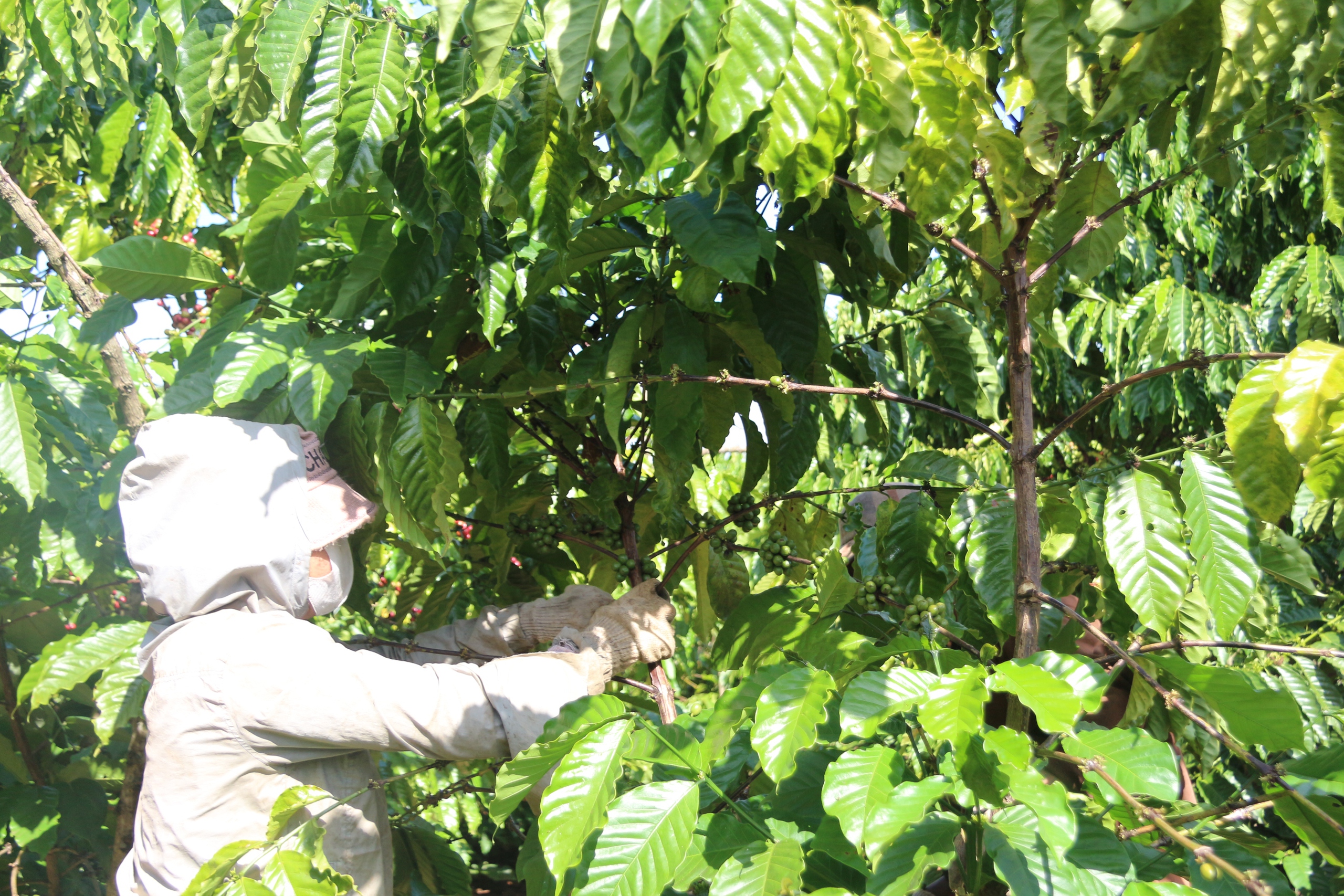
Dak Lak farmers are busy harvesting coffee.
To ensure the quality of coffee after harvest, many localities have made efforts to promote and instruct people on the process of harvesting ripe coffee.
Accordingly, the People's Committee of Cu M'gar district (Dak Lak province) has issued many documents directing relevant units to focus on implementing synchronous solutions in seed work, cultivation measures, harvesting and processing... Thereby, creating stable commodity products in terms of productivity, output, product quality, improving economic efficiency, bringing a prosperous and happy life to the people.
Similarly, the People's Committees of communes and towns in Krong Bong district (Dak Lak province) also made efforts to propagate and mobilize organizations and individuals not to harvest green coffee, ensuring that the rate of ripe coffee when harvested is over 85%.
The People's Committee of Krong Buk district also issued a document guiding the work of coffee production, harvesting, processing and consumption in the district, assigning tasks to relevant departments to ensure effectiveness in this work. Accordingly, the majority of coffee harvesting work is done by people to ensure that the beans are 85% or more ripe, and are dried to ensure quality according to current technical processes.
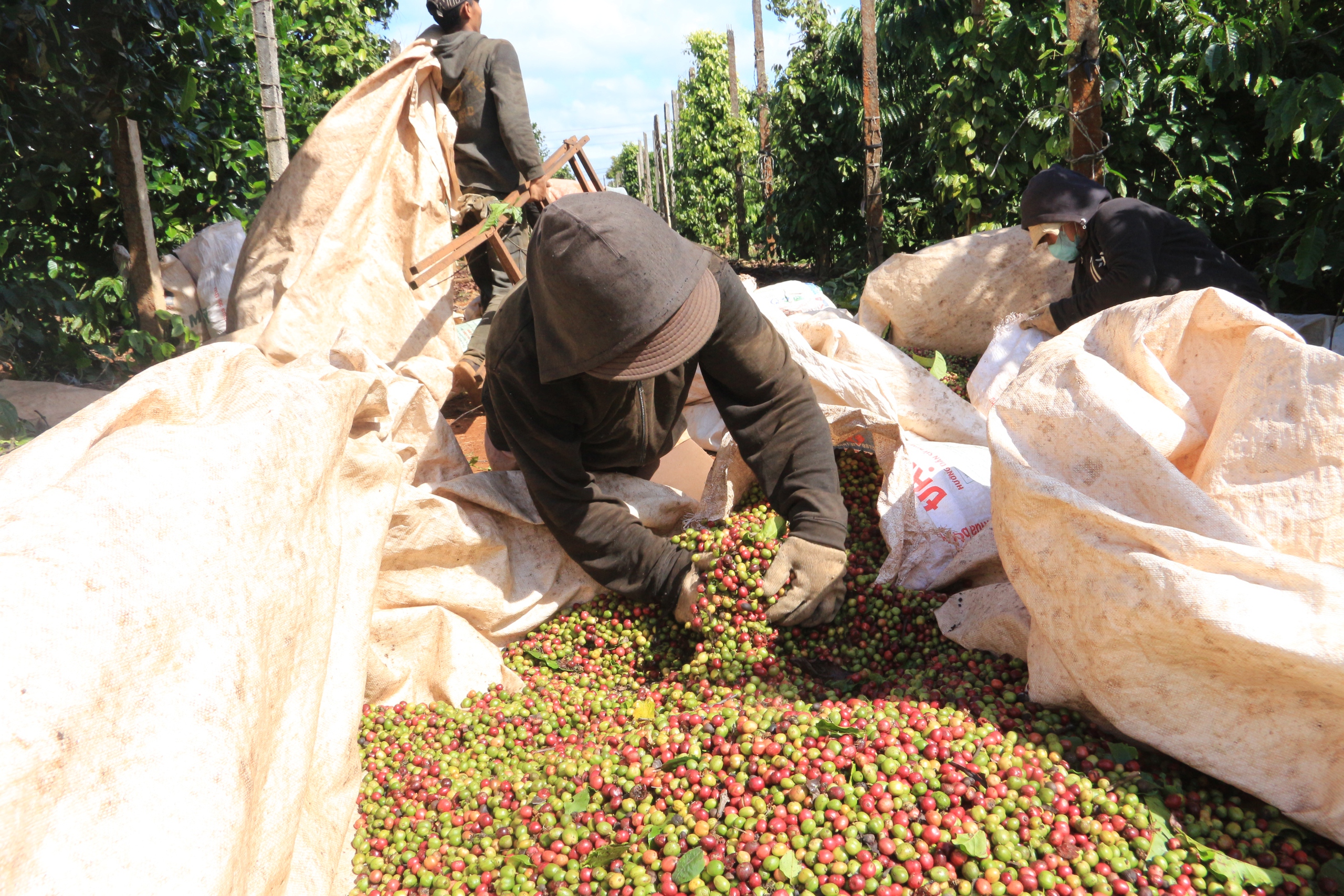
Localities mobilize people to ensure that the rate of ripe coffee when picked reaches over 85%.
According to the Department of Agriculture and Rural Development of Krong Buk district, currently, coffee beans purchased by businesses for processing are all 85% ripe or more, dried to ensure quality. Some high-quality coffee processing businesses use 100% ripe coffee beans to create high-quality, high-value ground coffee products.
Coffee bean exporting enterprises also comply with regulations on food safety conditions, purchasing mostly ripe coffee beans over 90%. At the same time, they apply the prescribed standards and the standards of the importer to meet the conditions when the product is exported.
According to Mr. Le Van Vuong, Director of Vuong Thanh Cong Trading and Service Company Limited (headquartered in Buon Ma Thuot City), harvesting green coffee will cause a lot of damage, including significantly reducing product quality.
Mr. Vuong explained: "Picking green coffee will reduce the yield by 20% compared to picking ripe coffee. At the same time, it will affect the quality of coffee. In the long term, this will have a negative impact on the coffee brand of Dak Lak province in particular and Vietnam in general. In the context of high coffee prices as it is now, people need to organize the picking of ripe coffee to ensure quality."
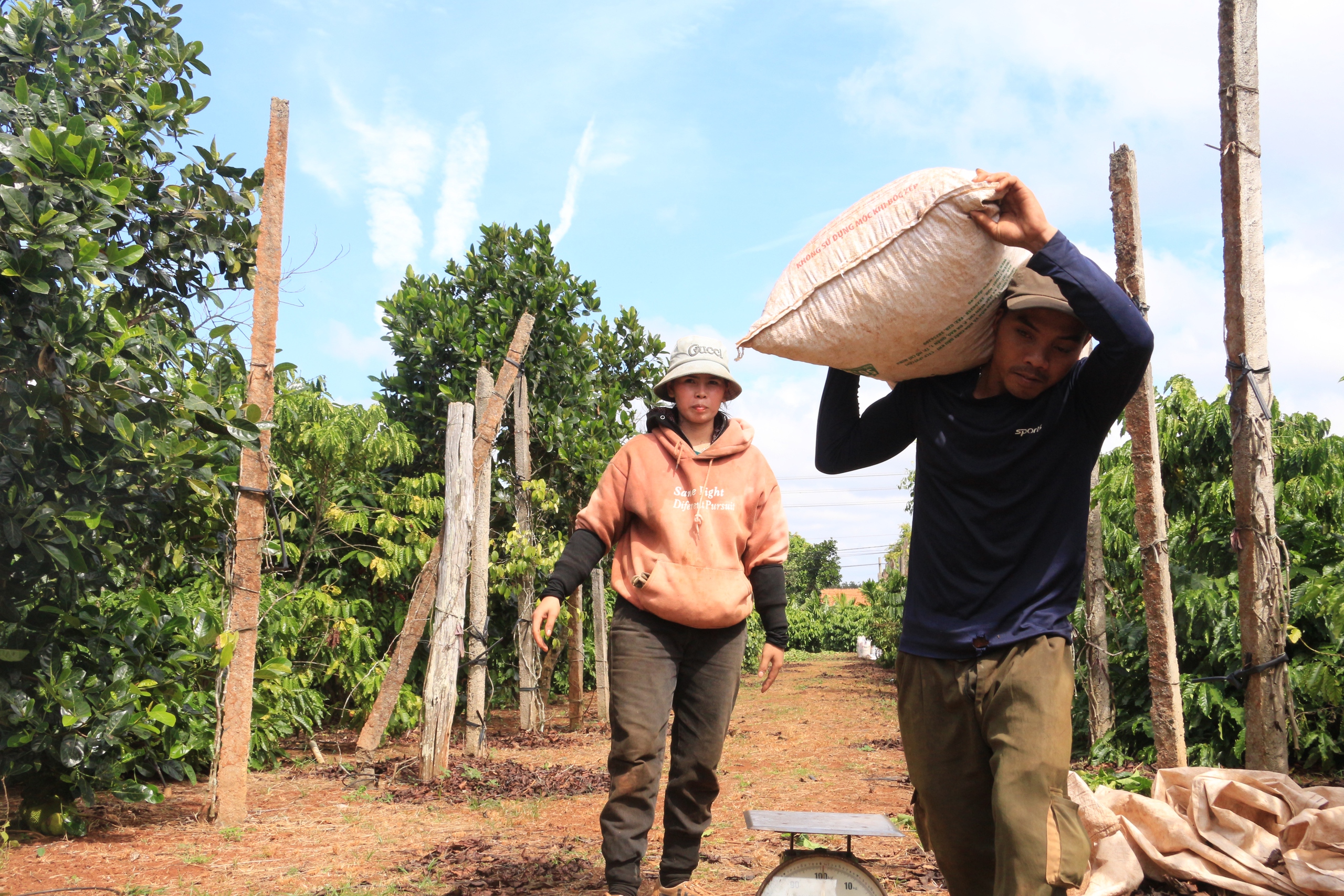
Bustling atmosphere during coffee harvest season.
Many benefits from picking ripe coffee
Harvesting ripe coffee not only helps increase yield but also improves coffee quality. That is the affirmation of many coffee farmers in Dak Lak province.
Ms. Le Thi Hien, a farmer in Ea Mdroh commune, Cu M'gar district, explained: "Picking ripe coffee helps the appearance of the coffee beans after harvest to be more beautiful and the weight is also more guaranteed. Only 4 tons of ripe coffee beans are needed to produce 1 ton of coffee beans, while if picked green, it takes 5 tons of fresh coffee to produce 1 ton of coffee beans. Ripe coffee also ensures quality and flavor when roasted and ground. That's why my family picks coffee 3 times every year."
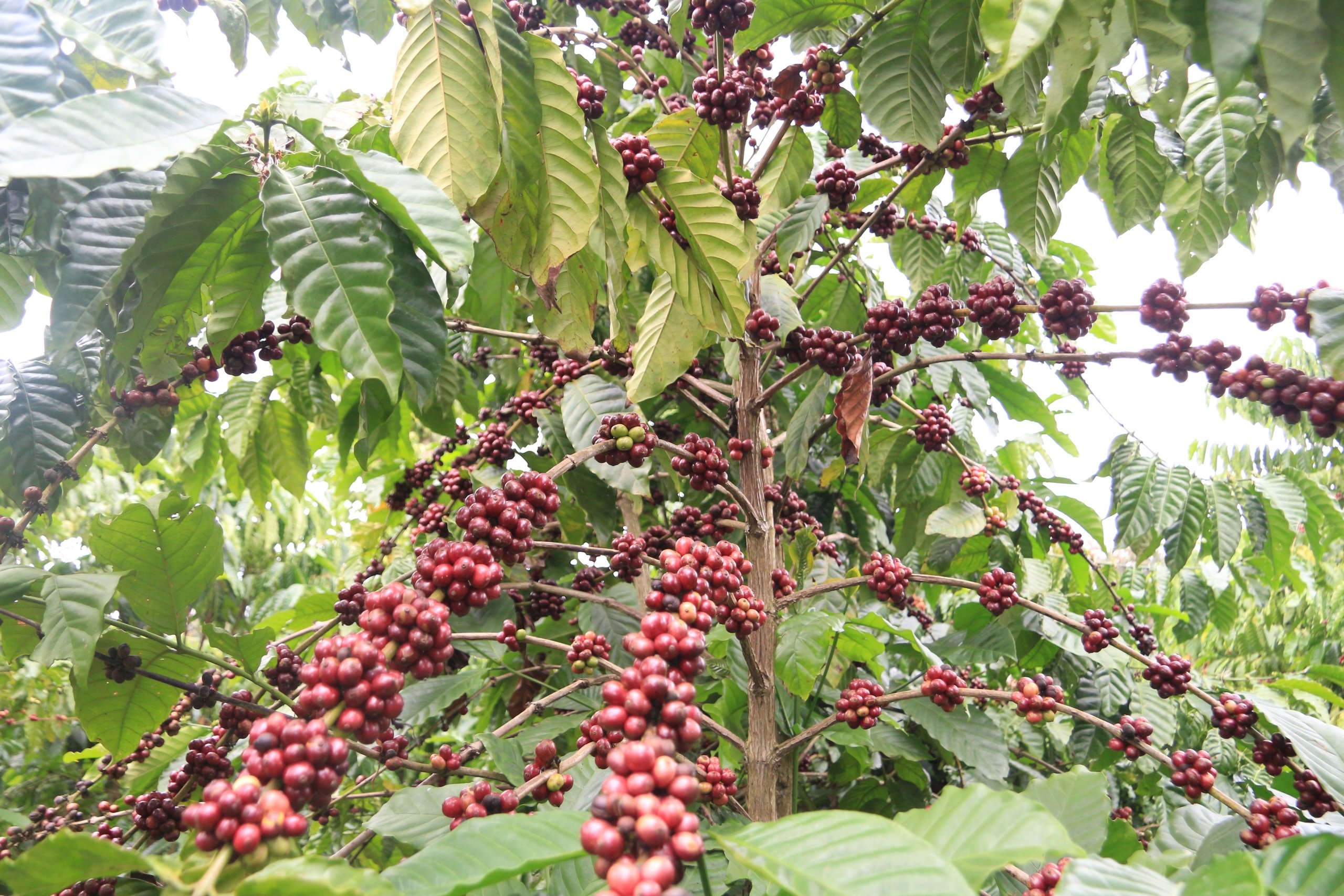
The coffee gardens are bright red.
To harvest the right ripe fruit, Mr. Nguyen Van Tuong (residing in Ea Kiet commune, Cu M'gar district), said that the picker must be very careful not to affect the remaining fruit on the branch. "Experience shows that harvesting ripe coffee brings clear benefits. When picked ripe, the coffee beans will have a sweeter and more natural aroma. If picked green, the coffee will be bitter, astringent and the beans will not be of good quality (the beans will be flat)," Mr. Tuong shared.
In order to ensure high-quality raw materials for production and roasting, many businesses in Dak Lak have encouraged households to cooperate in production by increasing the purchase price of ripe coffee by 10-12,000 VND/kg higher than that of green coffee.
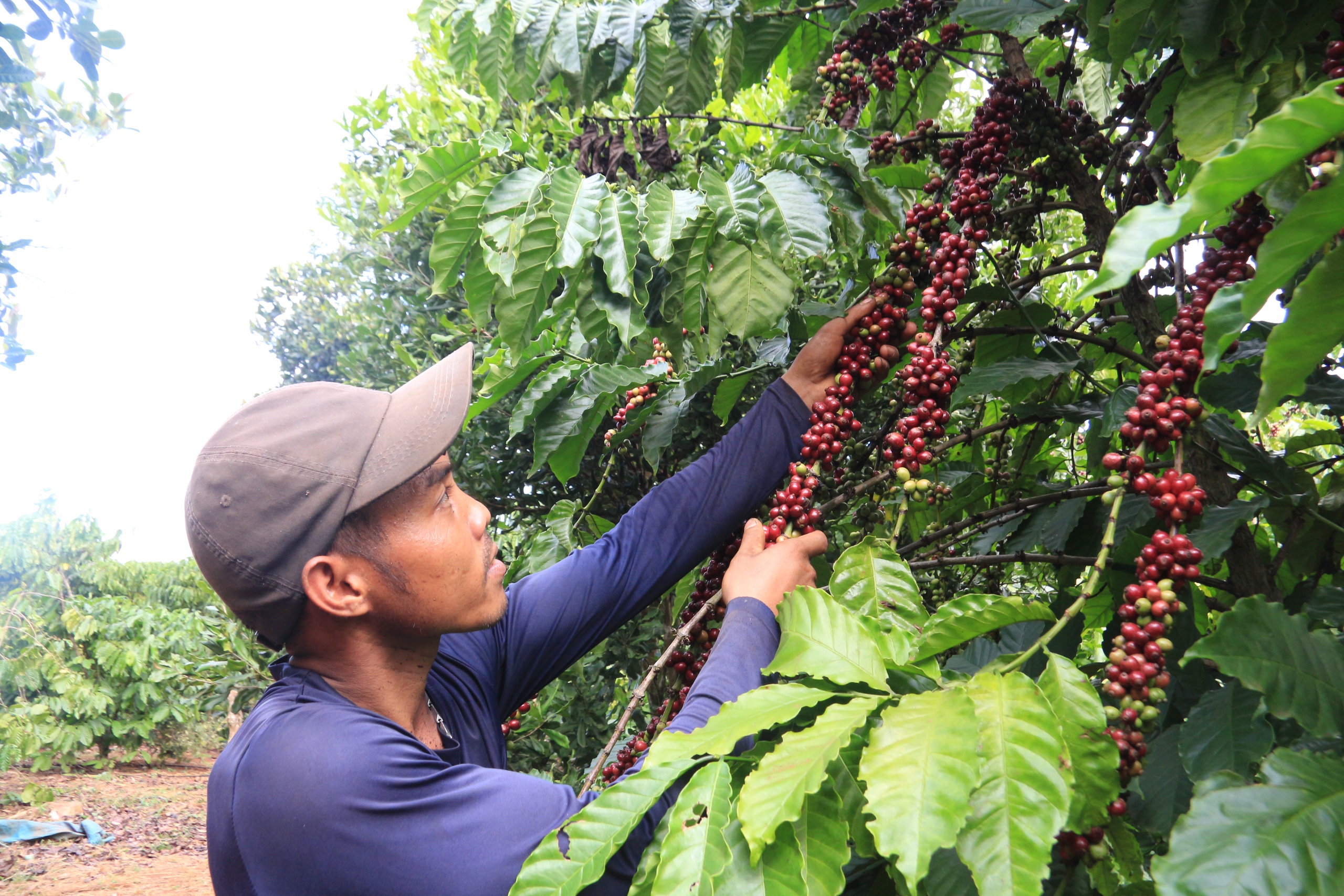
Harvesting ripe coffee not only increases yield but also improves coffee quality.
Mr. Trinh Duc Minh, Chairman of Buon Ma Thuot Coffee Association (Dak Lak province), said that to ensure coffee quality, farmers need to harvest ripe coffee and process it properly. At the same time, management agencies and localities need to organize production for farmers, strengthen production linkages, and promote the development of cooperatives to improve coffee quality, aiming to develop production in a sustainable direction.
Source: https://danviet.vn/dak-lak-nong-dan-canh-vuon-hong-gia-ca-phe-ty-le-qua-chin-la-bao-nhieu-la-hai-tot-nhat-20241212112946161.htm


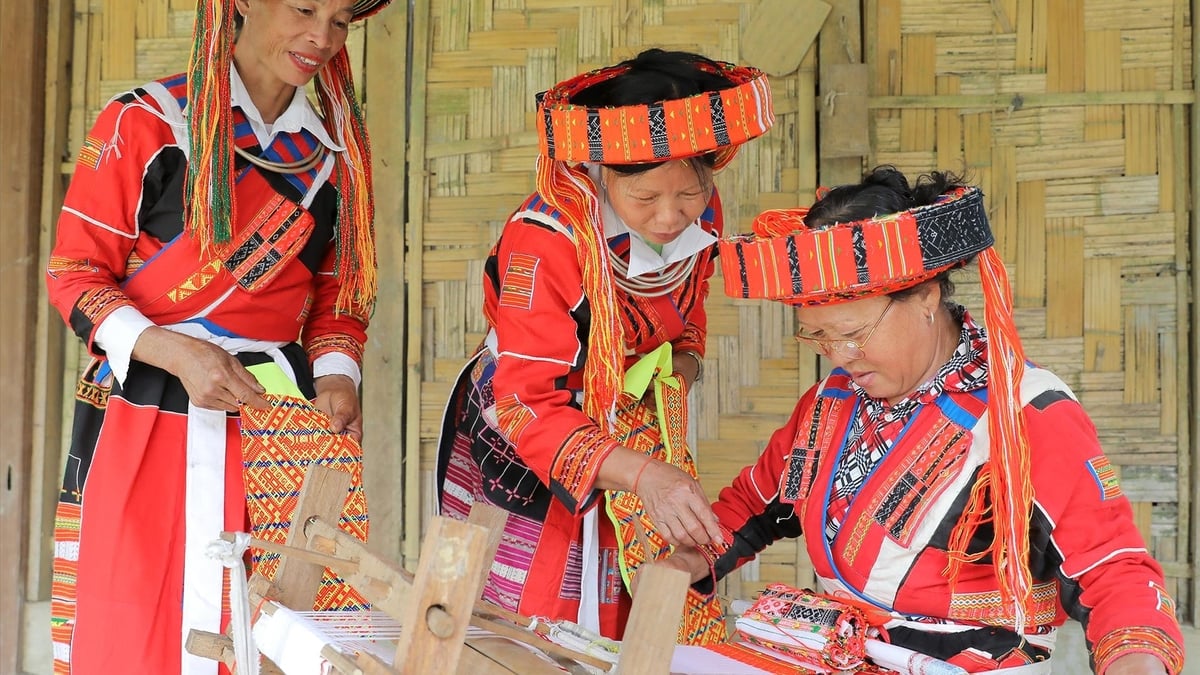
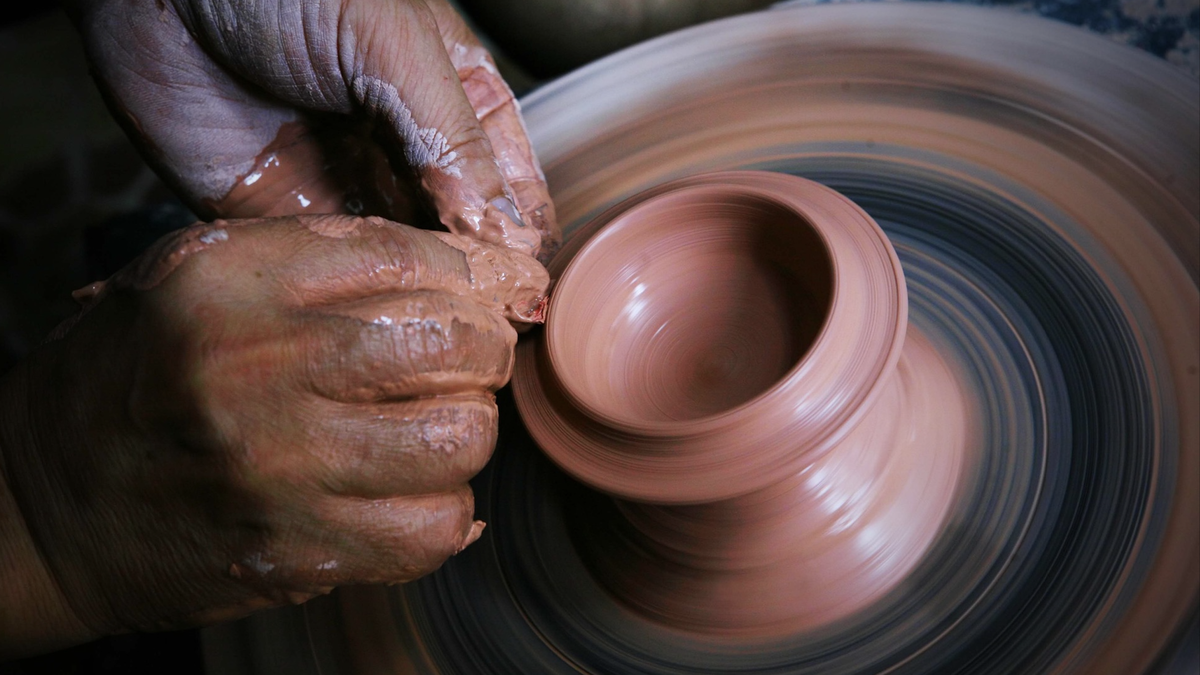
![[Photo] General Secretary To Lam works with the Standing Committee of Quang Binh and Quang Tri Provincial Party Committees](https://vphoto.vietnam.vn/thumb/1200x675/vietnam/resource/IMAGE/2025/6/25/6acdc70e139d44beaef4133fefbe2c7f)
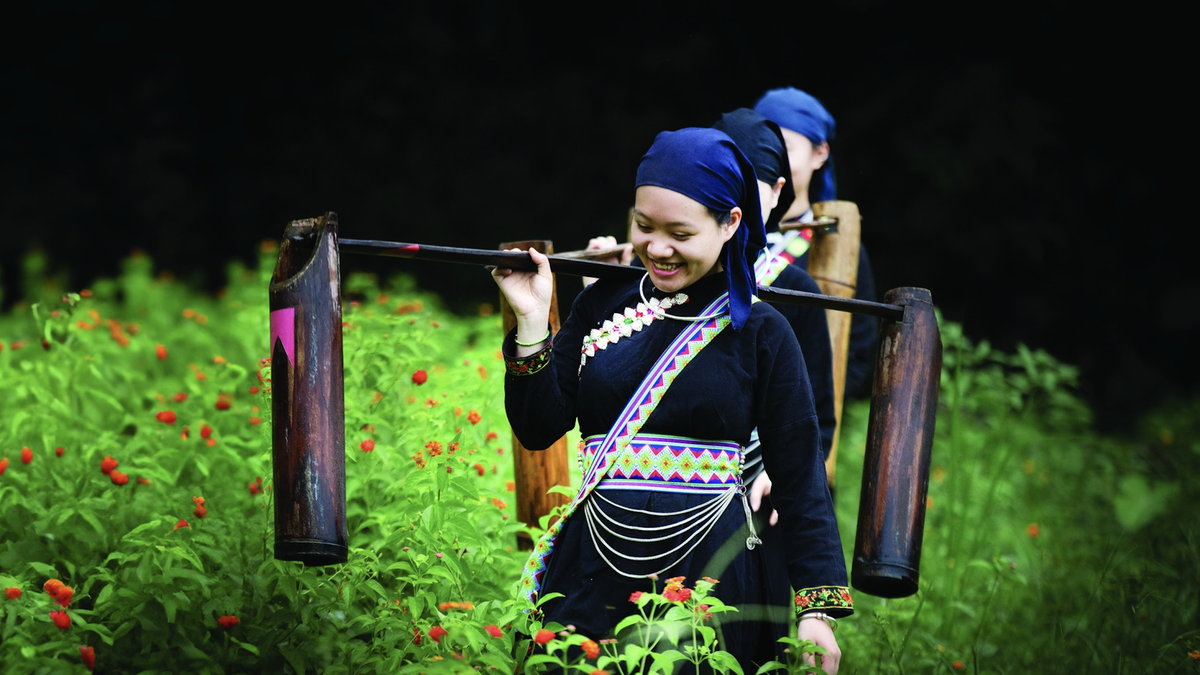
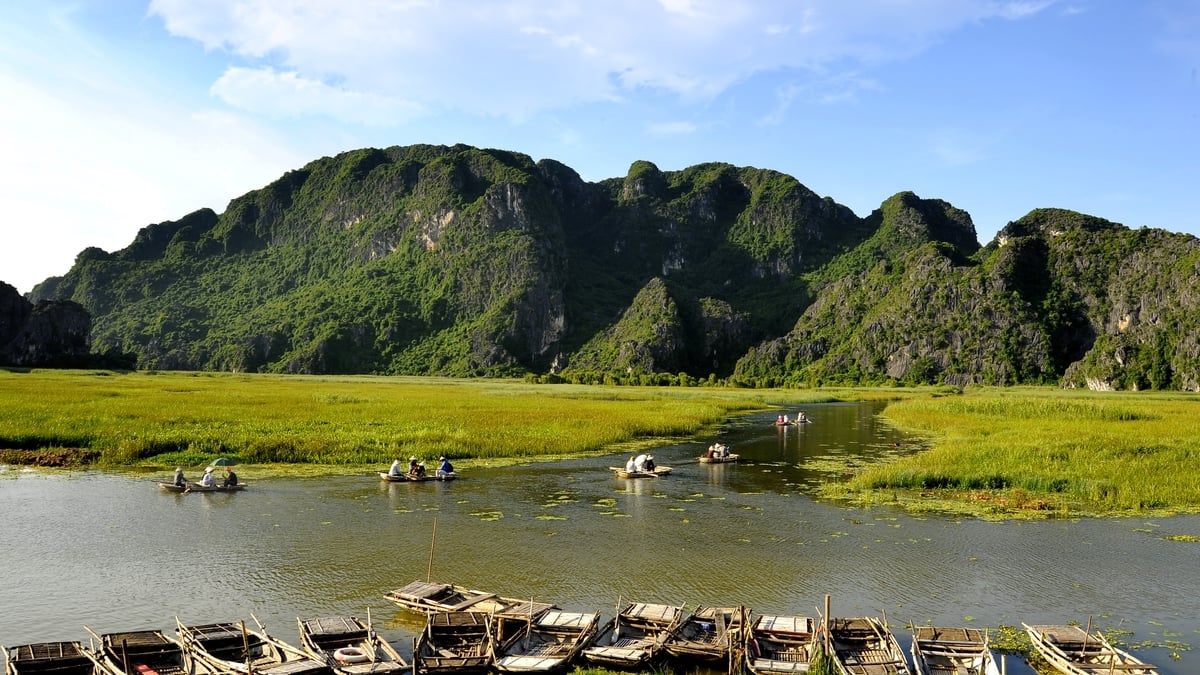

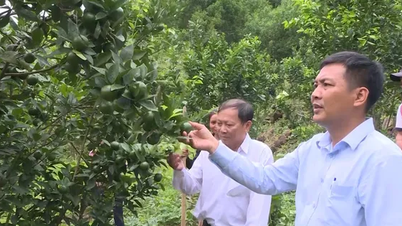

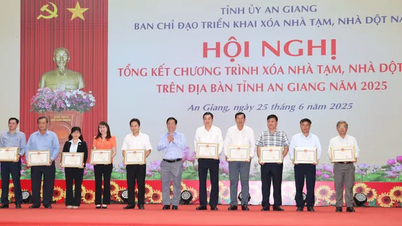

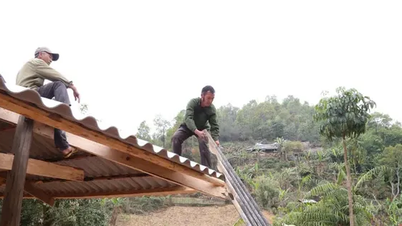
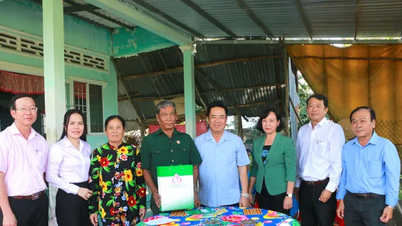






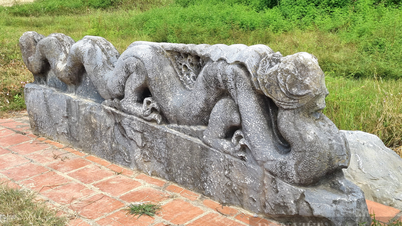

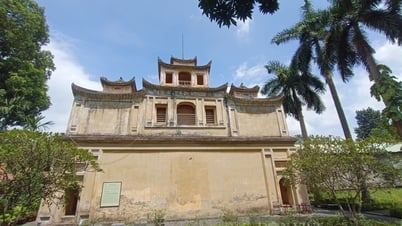


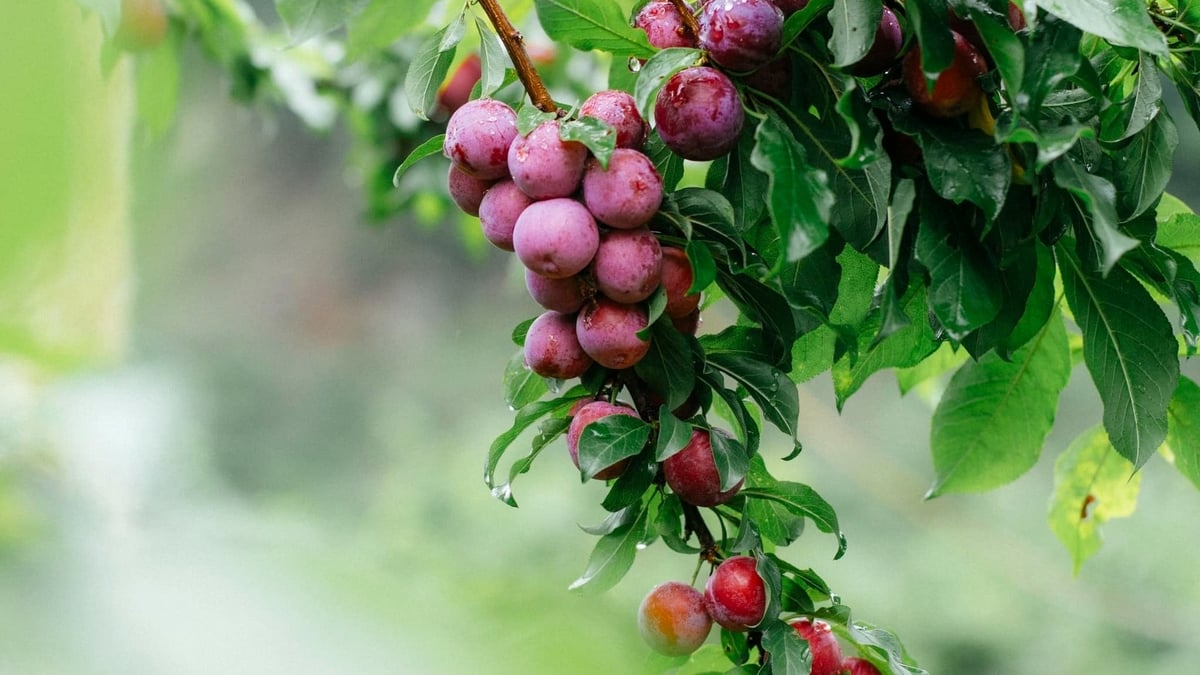




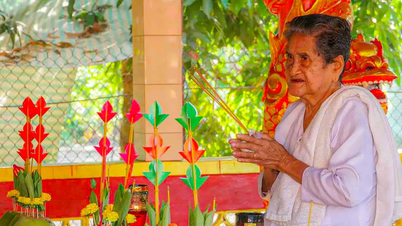


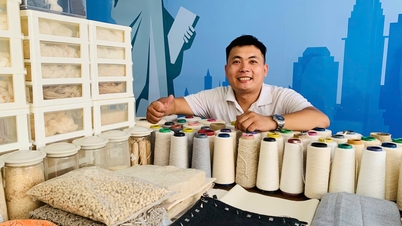

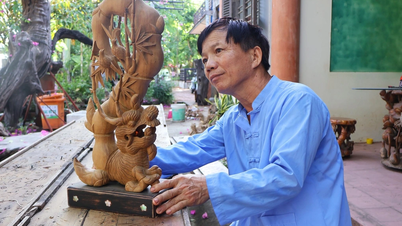

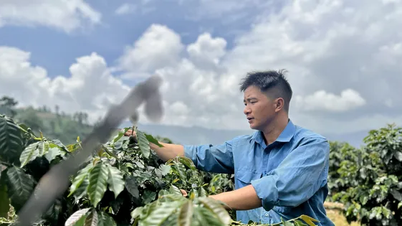
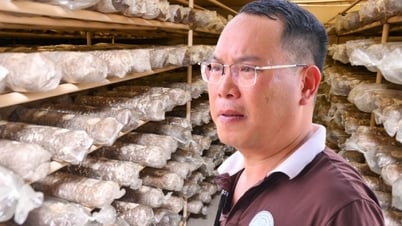



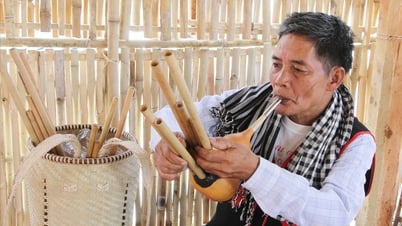

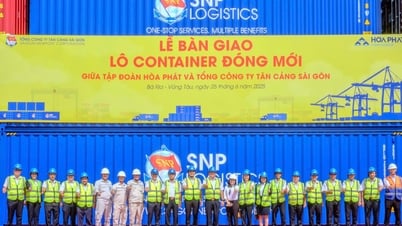










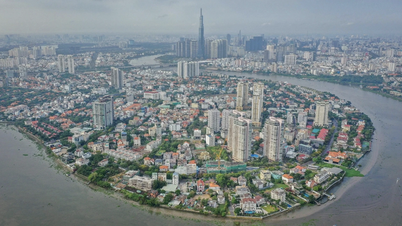







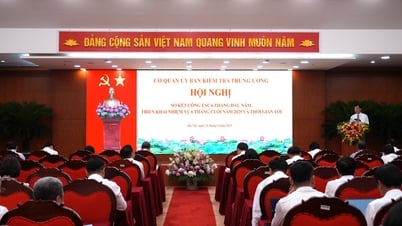





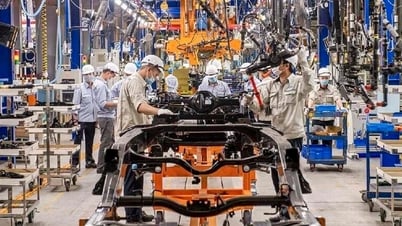






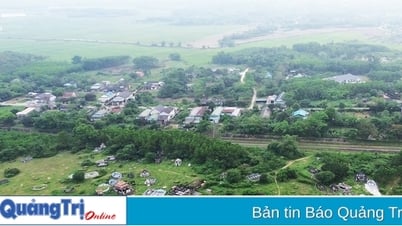

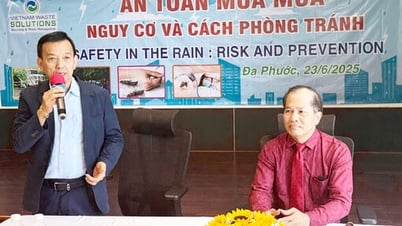

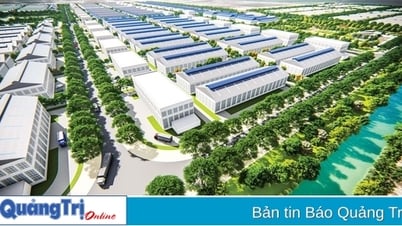
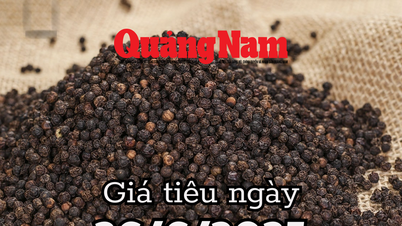
















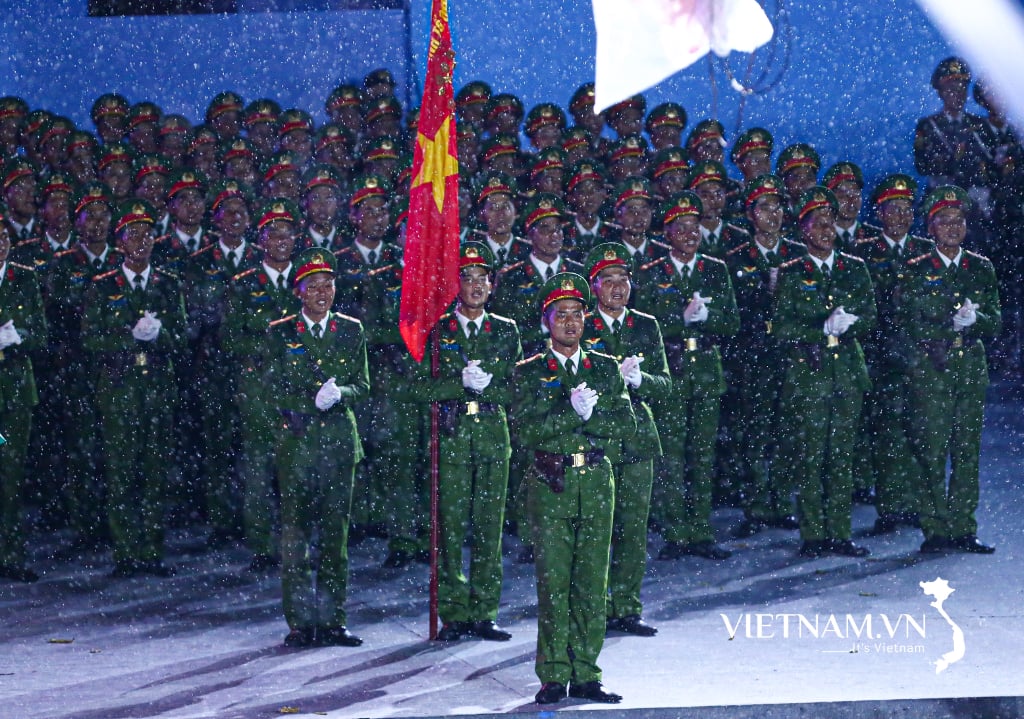
Comment (0)